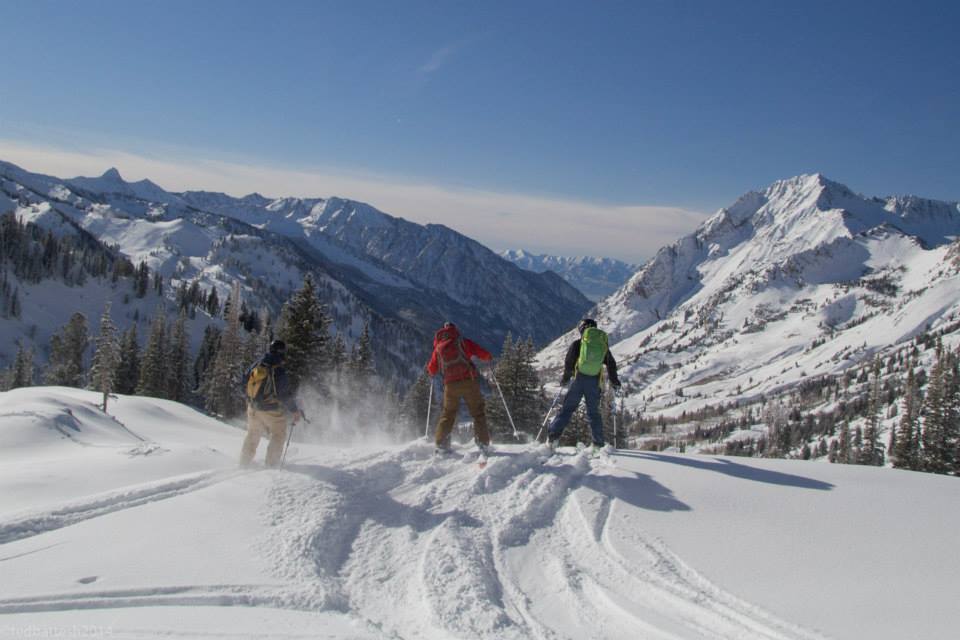
Over the past several decades, The International Snow Science Workshop (ISSW) has attracted a growing audience of professionals in the snow safety field. ISSW’s mission is to, “merge theory and practice,” and this is accomplished by aligning preeminent snow science researchers from universities and government agencies with daily practitioners in the field. From avalanche forecasters to highway regulatory officials, a spectrum of snow professionals gather bi-annually to learn about the latest innovations in available safety technology, data driven studies and procedural field-based applications.
More than 1,100 individuals converged for ISSW 2016 this past week in Breckenridge, Colo. For Bruce Engelhard, a Utah based avalanche educator and guide, it was his fourth ISSW. He attributes the large showing to the conference’s accessible venue. “Many of the folks who attend these [workshops] are ski patrollers and guides who don’t have the funding to travel to Alaska, Europe or even Banff,” he explains.
Colorado is home to North America’s largest population of snow safety professionals, and is driving distance from neighboring snow-laden states like Utah and Wyoming. Breckenridge’s location prompted widespread regional attendance, but its proximity to Denver also promotes international attendance with people traveling from Europe, South America and Asia.
Engelhard praised the conference, and was impressed by many presentations throughout the week. One presentation in particular, delivered by Jackson, Wyoming teenager Emery Rheam, stuck out. Rheam spoke passionately about engaging teens in the backcountry decision making process. “One of the biggest pieces that she portrayed was an acceptance of what your audience needs are,” says Engelhard, “ and that you need to customize your classes to meet the needs of your audience.”
Engelhard held similar praise for Mary Clayton, of Avalanche Canada, and her evocative presentation: Rescue at Cherry Bowl. Clayton’s multimedia storytelling approach uses video, audio, images, and text to actively engage viewers. Engelhard is excited to use Clayton’s work in his classes this coming winter. “It really stresses how small communities and communication can play a part in preventing what could have been an incredible tragedy,” he says. Clayton’s presentation represents a trend towards multimedia formats for education and awareness messages.
The correlation between social media and decision making was an important theme at ISSW. Jerry Issak, linked heuristic traps with social media use in his presentation. Engelhard, who teaches avalanche education for Utah’s youth says, “The key piece that [Issak] talked about was an idea of acceptance and incorporating this obsession that the younger generation has with social media.” He explains that such incorporation might include locating suitable, safe terrain to build backcountry jumps.

Backcountry social media use proved a pervasive theme at ISSW 2016. [Photo] Ted Battesh
Carlson is already looking forward to the next ISSW conference to be held in Innsbruck, Austria in 2018. As he notes, the work continues as research prompts new questions in the ever evolving field of snow safety.
To find out more, take a look at these related links:
Avalanche educators grapple with social media’s influence on backcountry travelers’ decision making











Related posts: